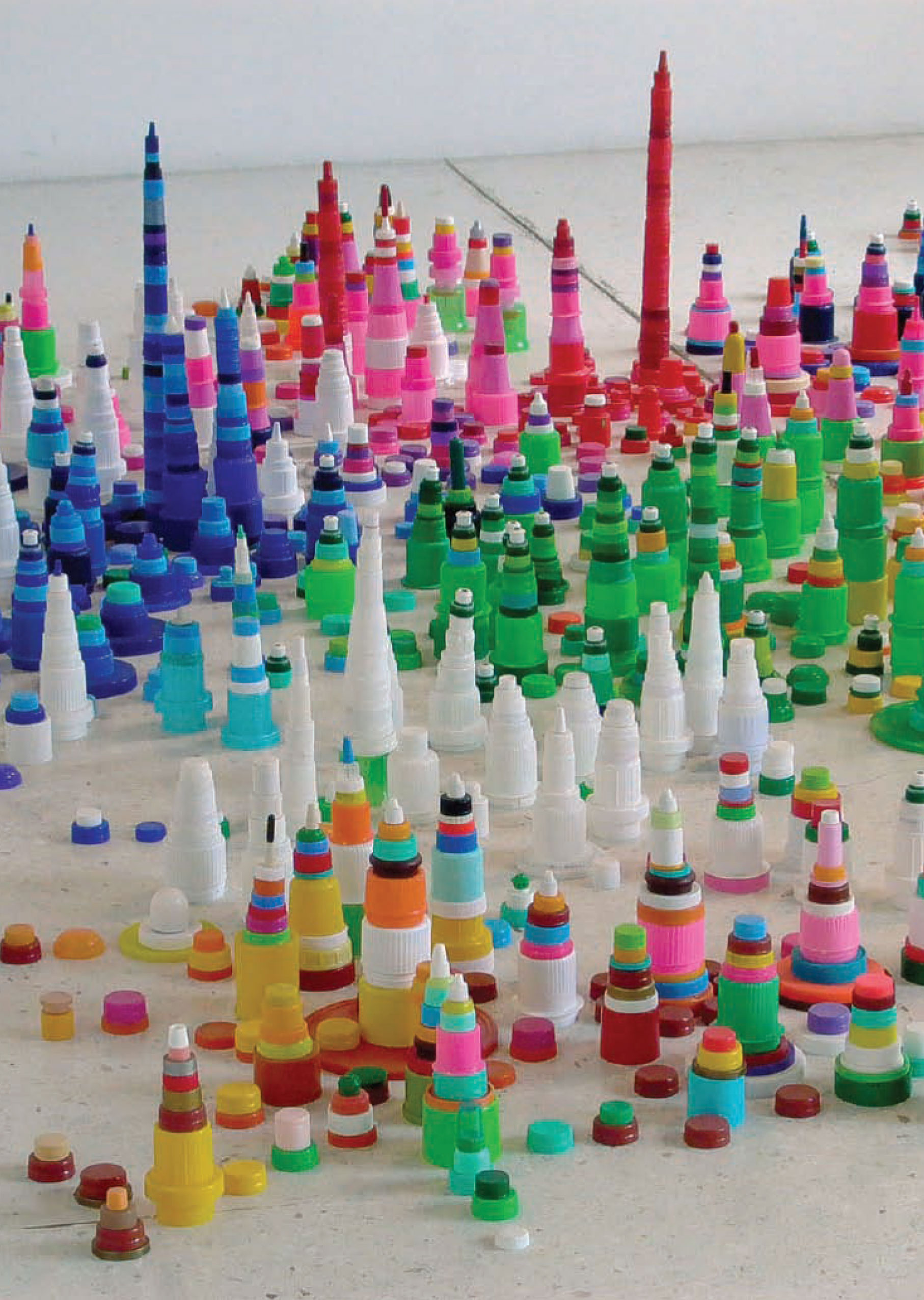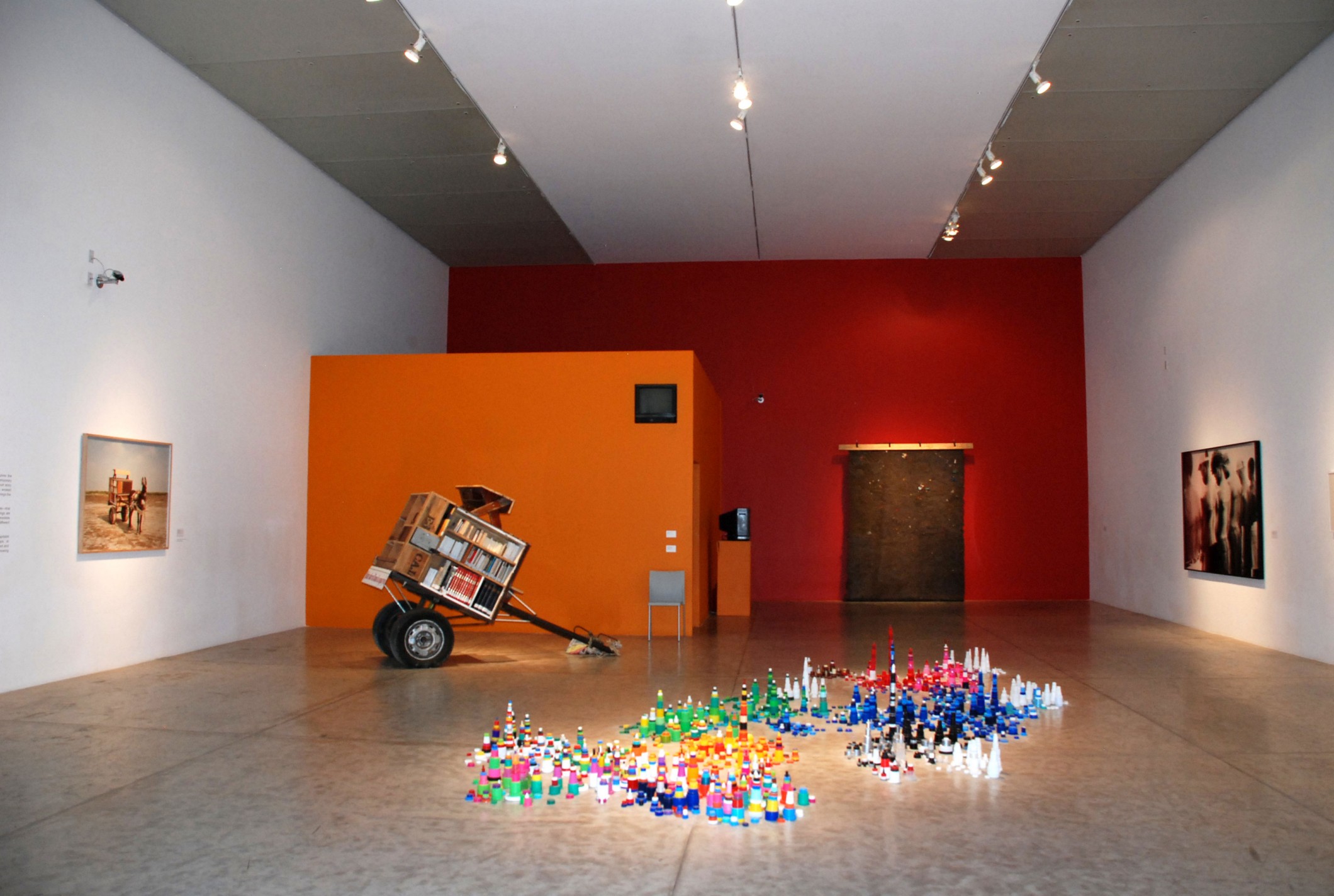Las Líneas de la mano
The title of the exhibition Las líneas de la mano [The Lines of the Hand] is inspired by one of Julio Cortázar’s short stories in which a line travels through a city and finally shelters in the hand of an individual who is about to shoot himself in the head.

In the story, Cortázar imagines spaces that could be brought together by a line that moves forward by camouflaging itself with the things that cross its path; the line is, at once, a sketch on a piece of paper, a solid body, and a mark in the palm of a hand. The lines in the story by Cortázar evoke the idea of lines of flight or deterritorialization in A Thousand Plateaus: Capitalism and Schizofrenia by Gilles Deleuze and Felix Guattari.
According to these authors, deterritorialization is a movement outside a territory that draws a potentially multidimensional line of “flight”. The operation of the “line of flight” is compensated by a reterritorialization, a move that returns to a territory and secures it. One might be reterritorialized as a being, an object, a book, a device or a system… If we think of this movement in terms of the regime of signification (i.e., derritorialization” as “decoding”) we would be speaking about a two-way deterritorialization between the signified and the signifier, 2 which is translated into a movement of de-codification and a re-codification. The fluctuation in meaning that results from this dynamic creates a space of significance. The curatorial principle behind this exhibition comes from thinking of Las líneas de la mano as lines of flight, in relation to ways of creating shapes, images, and meaning through strokes, lines and traces.

When juxtaposed, the artworks gathered in this exhibition also establish a dialogue between them by de-coding and re-coding each other. Thus, the show does not create meanings, but lines of flight of meaning, in an attempt to represent the complexity of the contemporary world through linguistic, social, economic, and political perspectives.
Curator: Jimena Acosta (1972, Mexico).
Publicación
Publication
Las líneas de la mano
Authors : Jimena Acosta Romero, Tatiana Cuevas, Irmgard Emmelhainz
Language : Spanish & English
Editor: MUAC-UNAM
Price: $150


